Will High Pivot Enduros Merge with DH Bikes?
Something very interesting could be beginning to crystalize in the bike industry. There are a few signs pointing to the idea that Enduro bikes and Downhill bikes could eventually becoming one and the same. While it’s uncertain where things will go, there are at least three major players who, at least on the developmental level, seem to be dabbling with this idea. GT, Cannondale and Norco have all been working on long travel high, high pivot Enduro bikes with idlers, which have all been set up as full on Downhill bikes by some of their athletes. Let’s take a look at some of the supporting points…
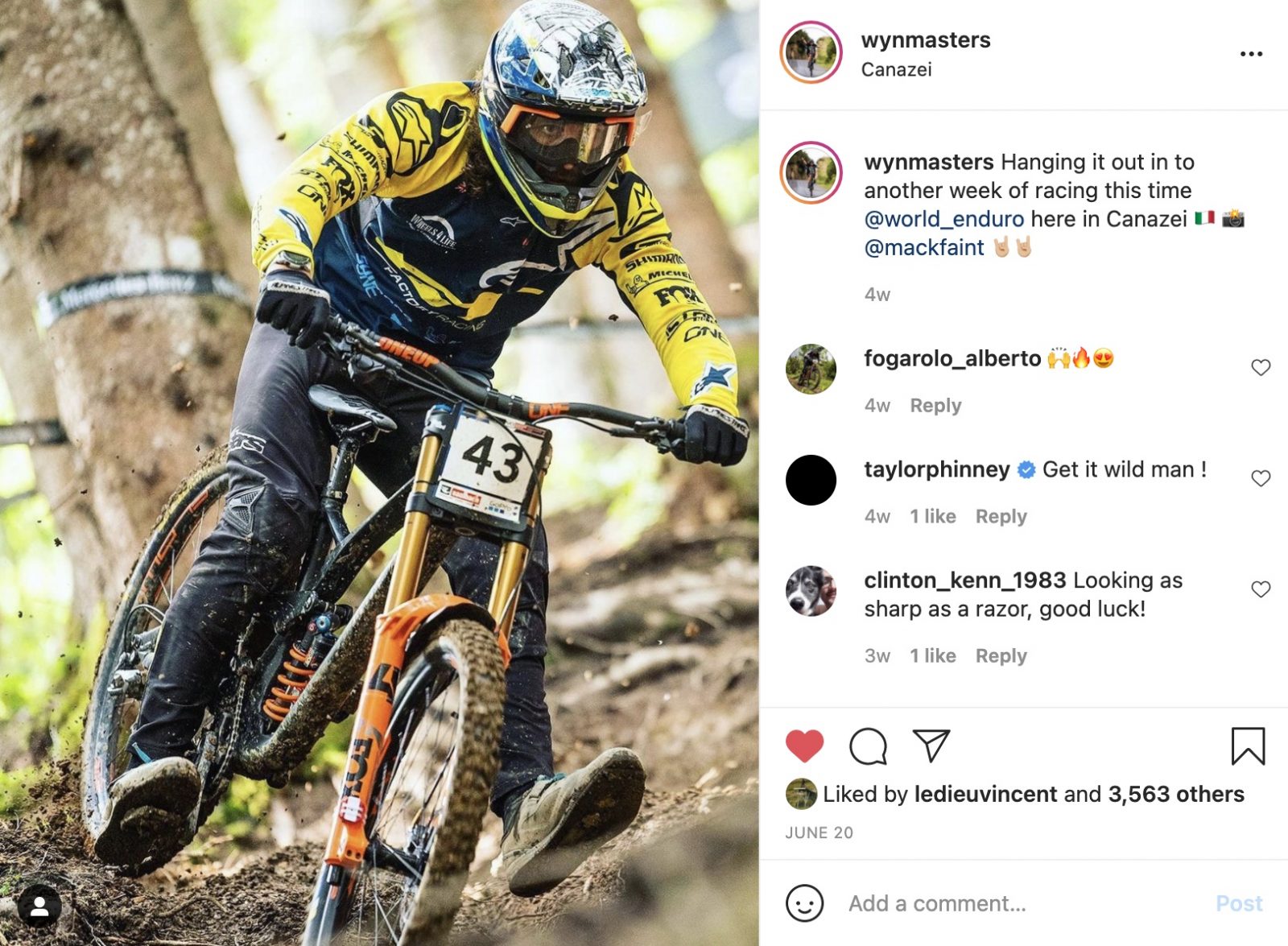
The High Pivot Wave
When Amaury Pierron had his breakout year in 2018 and won the World Cup downhill overall title aboard a high pivot Commencal Supreme, the industry took note. Not to take anything away from Amaury’s prowess on a bike, but people paying close attention could clearly see the stark contrast in how well his bike carried speed over rough terrain compared to the rest of the field. There was just something about the bike…
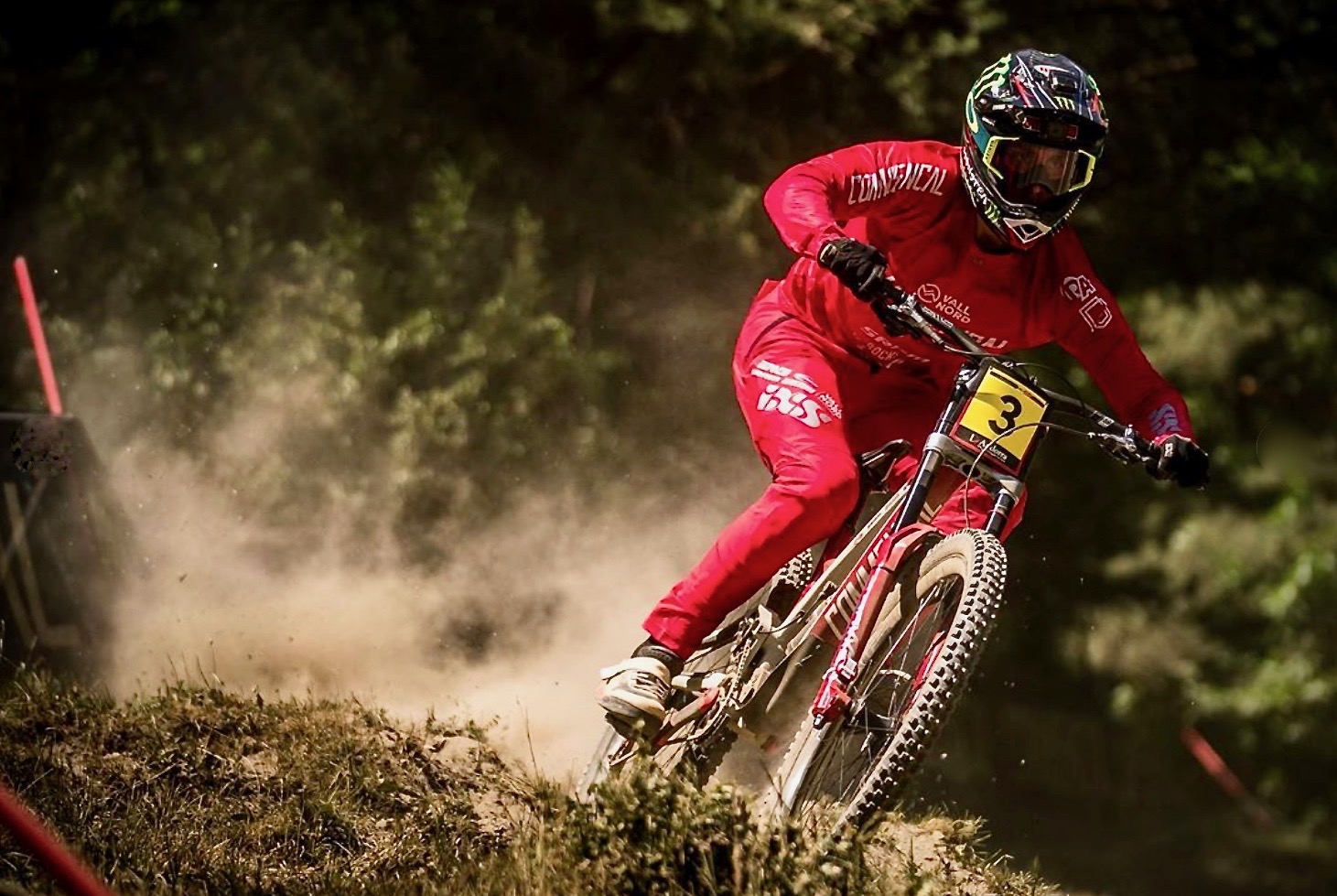
After following up with three more World Cup wins in 2019, it was clear that this was not a fluke and more brands began to act accordingly. While high pivot bikes with idlers have been around for years now, a good sized chunk of the industry – who had not recently undergone such efforts – started fervently developing their DH bikes along similar lines. In short, high pivots are here to stay…
Enduros Go Bigger
Mid to long travel bikes are simultaneously improving on both ends of the spectrum and becoming more efficient at climbing while also gaining in their descending capabilities. So, it’s no surprise that EWS tracks are becoming rowdier – after all, the current crop of Enduro bikes can handle it. Many of these tracks have sections that are World Cup Downhill level savage.
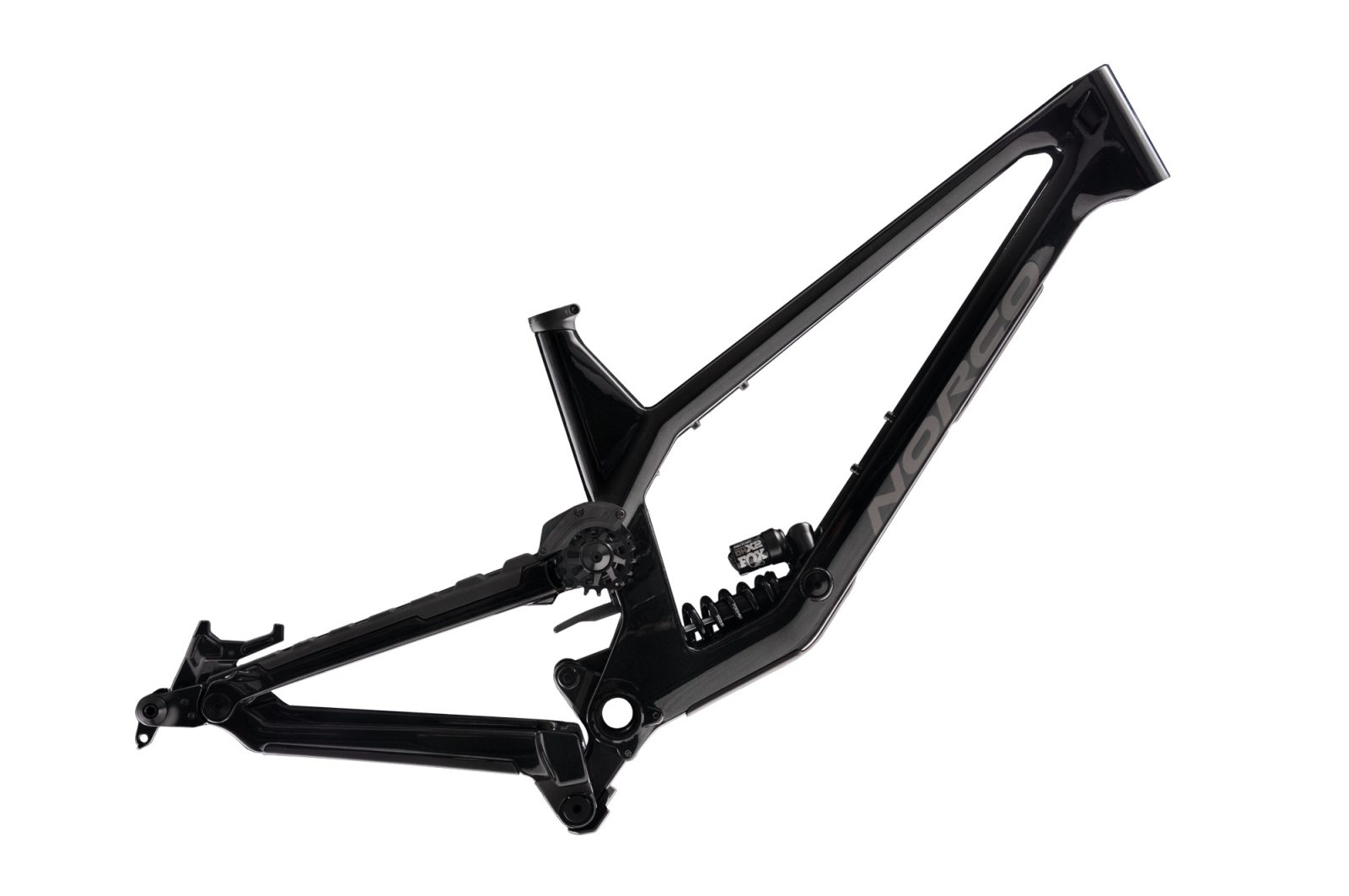
So, to sum it up, there is less of a clear delineation between the duty level required from a DH bike and an Enduro bike – particularly given that much of that gap can be bridged through component choice. Heck at this point, most Enduro racers are on aluminum wheels with dual tire inserts and DH tires front and rear.
Geometry
Another interesting aspect is how similar Enduro and Downhill bikes are becoming in terms of geometry. With the exception of seat angle, many of the discrepancies between geometry sets in the two categories are within a few millimeters or a half degree. So, provided a Downhill bike frame had a 77º seat angle, there isn’t much reason that you couldn’t put a 180mm travel single crown on it and race Enduro on it. Particularly if it had adjustable geometry.
The Bottom Line – $$$
Perhaps the strongest reason for this hunch of mine comes down to economics. Whether you like it or not, the “bottom line” is what drives any industry. These days, when most regular consumers are riding single crown Enduro bikes at the bike park, it’s getting harder and harder for brands to justify the development costs of DH bikes while sales are drying up. While Downhill bikes and racing them makes for great spectating and product development, it’s not a big driver of profits for most bicycle brands out there. I would argue rather cynically that this – not so much environmental conscientiousness – is why many brands are making even their flagship Downhill bikes from Aluminum rather than Carbon Fiber. It’s cheaper and easier to make rolling changes to. End of story.
So, if Enduro bikes cannibalized Downhill bikes at a consumer level, a great many brands would stand to improve their bottom line. Less molds, less SKUs, improved scalability. Money talks…
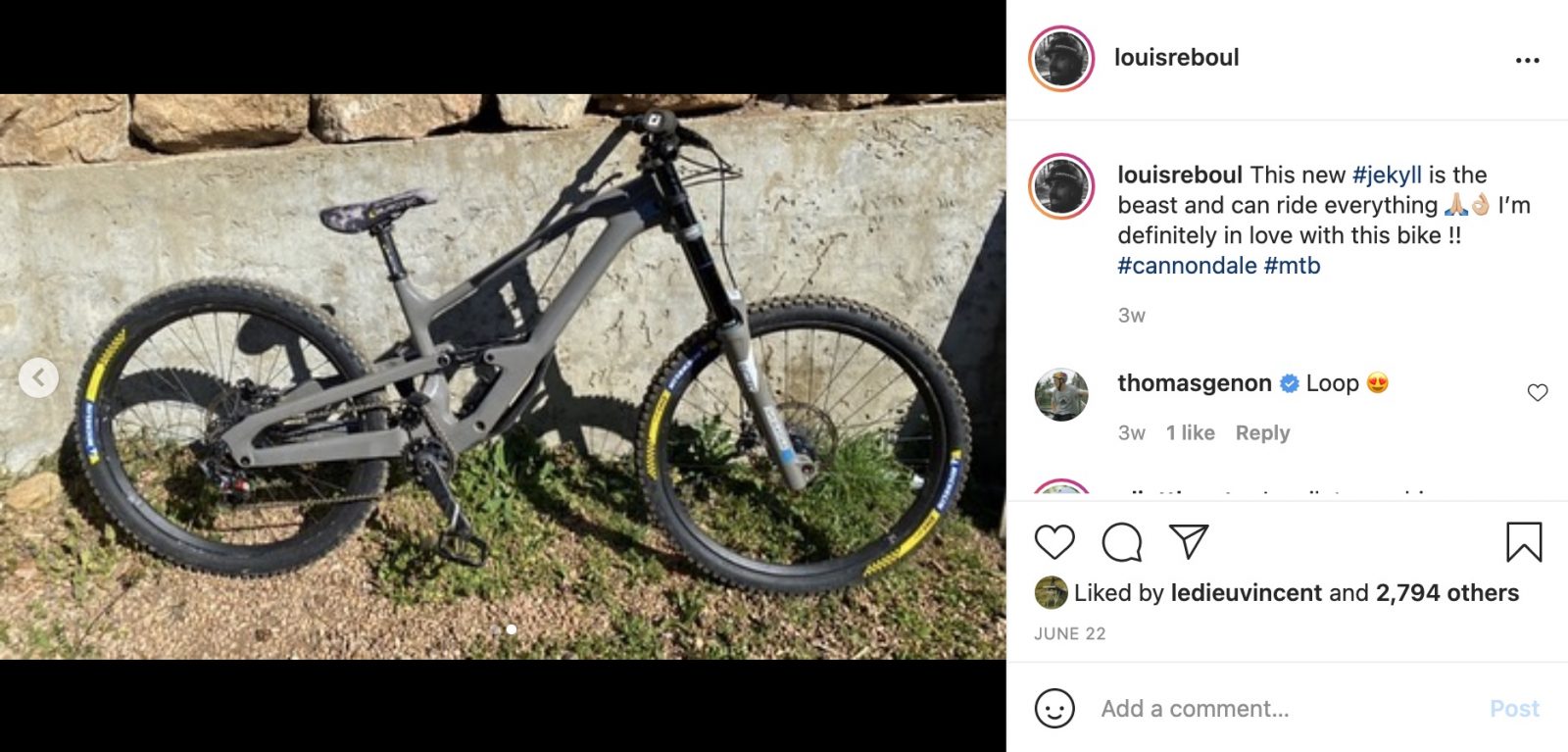
The Nitty Gritty Details
So what would this merger look like?
“You can’t race World Cup downhill on a 170mm rear travel bike!”
“You can’t just slap a dual crown fork on an Enduro bike and have DH race optimized geometry!”
To that, I would respond: Correct.
However, with adjustable head angles, reach, rear centers, metric shock spacing and multiple shock links, the options are endless…
A hypothetical scenario would be that a 170mm rear travel bike which uses a 65mm stroke air shock could be swapped out for a 72.5mm stroke coil shock getting 190mm travel. Add in reach/rear center adjustments, real tires and a dual crown fork and you’ve got a proper downhill bike. The only lingering aspect would be hub and bottom bracket spacing, which is hardly an issue – everything should just be Boost 148mm at this point anyway. In fact, GT and Specialized switched from 150mm to Boost 148mm on their DH bikes a few years ago anyway.
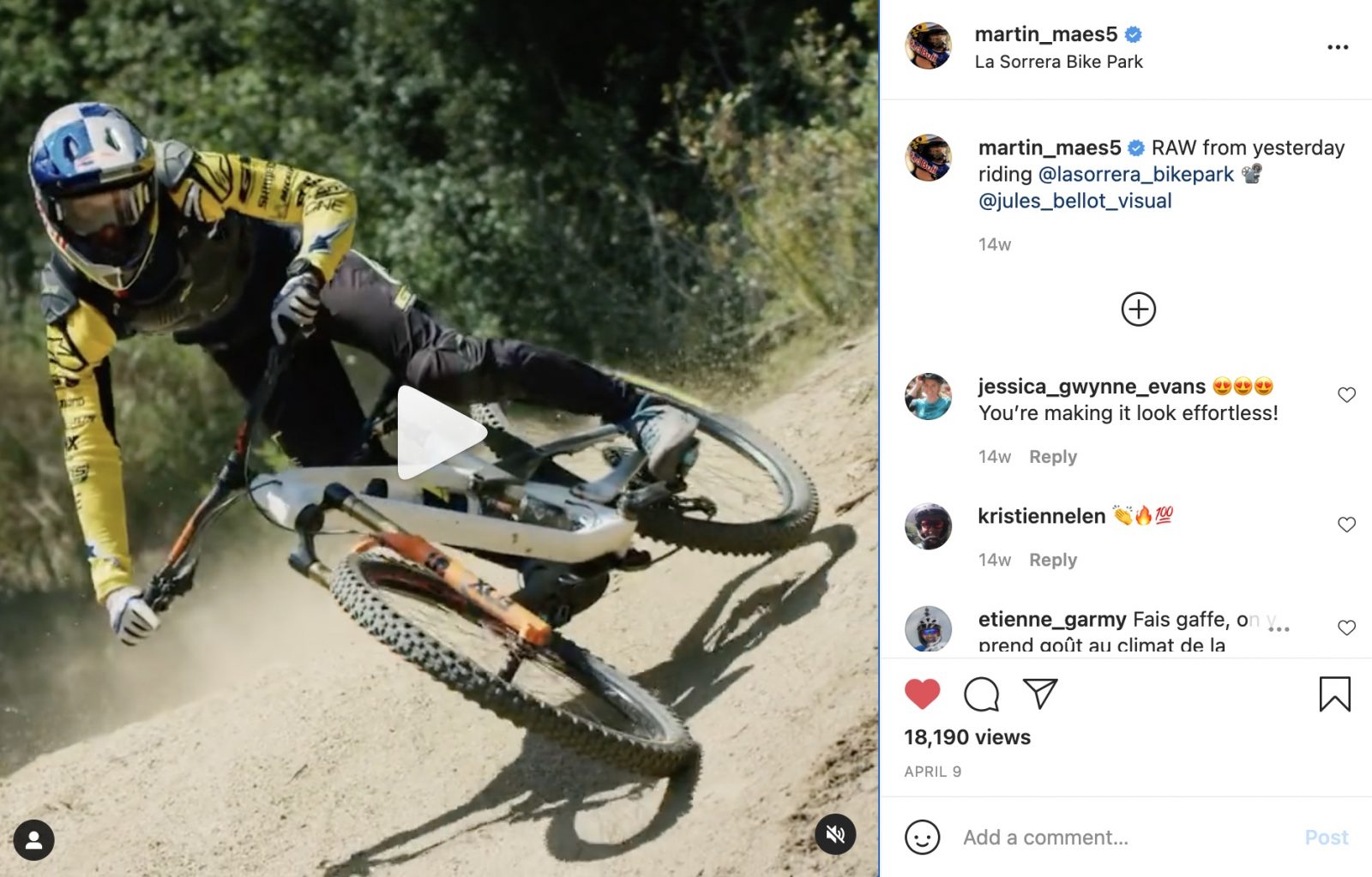
Closing
Who knows if this will actually transpire…It certainly appears to be brewing from some brands, and if it does, great! It could mean wins for consumers all around – whether you’re a bike park junkie or a weekend race warrior, a merger of these two duties would likely have very little downsides. I’d be willing to wager a bet that in the next 2 years, top level Enduro race bikes from big brands, such as the Trek Slash or the Specialized Enduro, will be high pivot bikes with idlers that are rated for dual crown forks. Time will tell…
The post Will High Pivot Enduros Merge with DH Bikes? appeared first on MTB-MAG.COM.
